1) A&E admissions, which make up 91% of Poole’s admissions currently, and numbered 38,600 last year, will all go to RBH under these plans. Most elective care patients are day ops, only about 10% are inpatients. Inpatients have visitors. Moving elective care to Poole will not compensate for traffic generated by moving Poole A&E admissions to RBH.
2) Once people understand the limitations of the Poole Urgent Care Centre – and here is the CCG’s own list of what can be treated there: “minor injuries: sprains and strains, broken bones, wound infections, minor burns and scalds, minor injuries to the head and torso, insect and animal bites”, the majority of the 72,000 who attended Poole A&E last year will go to RBH.
3)The provision of trauma A&E and specialist neo natal maternity at RBH for the first time will also lead to a significant increase in patients from Hampshire, due to the location of RBH.As a result there will be much more traffic at RBH than there is now, and it is already an already extremely congested site, and access issues will cause risk to life for time-critical emergencies. Please also address the following:
• Traffic generation in an area already highly congested, especially at peak travelling times, which will result in reduction of amenity for the users of the nearby developments
• Insufficient capacity in the infrastructure including public drainage, water supply, and roads
• The applicant has run a media campaign saying that support for the application will lead to a large sum of money coming from central government to the applicant
• Overdevelopment of an already crowded site
• Inadequate landscaping of the site
• Insufficient vehicle parking space for a facility intended to serve a population from a wide area which has demonstrably poor public transport services. How much parking currently exists relative to current occupancy, what is the total proposed and what is the travel plan?
Debbie Monkhouse
To report this post you need to login first.







